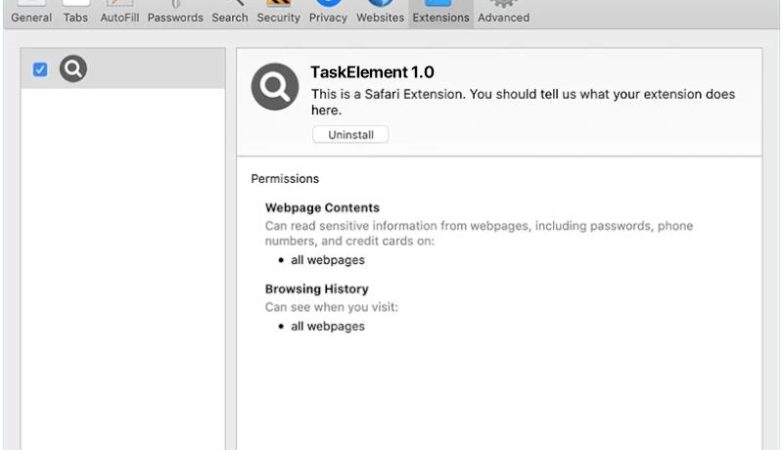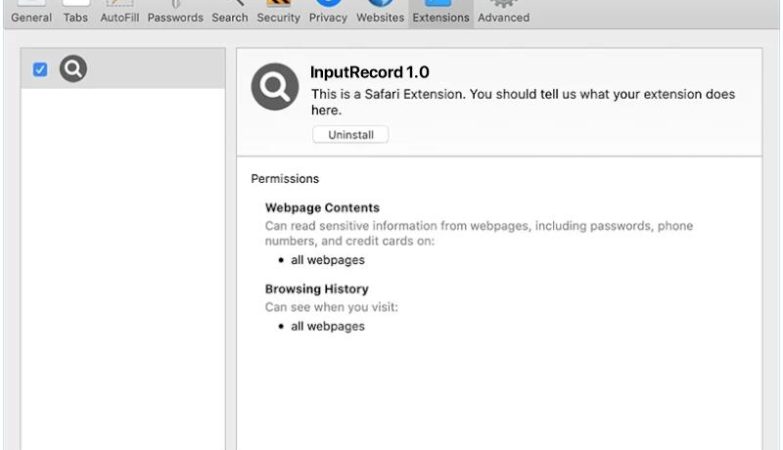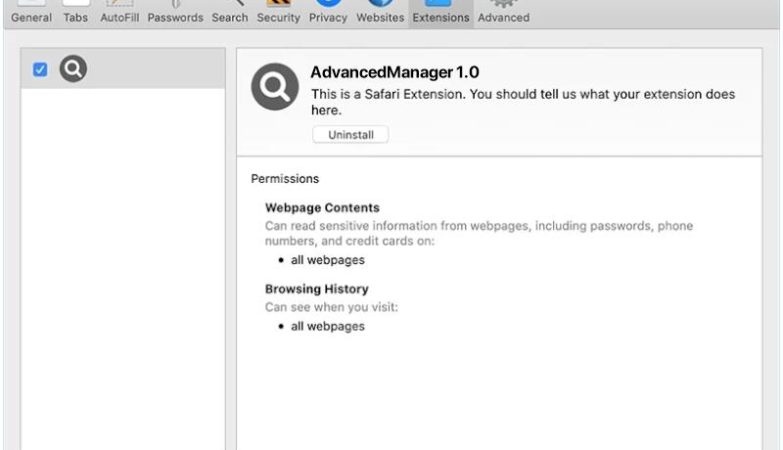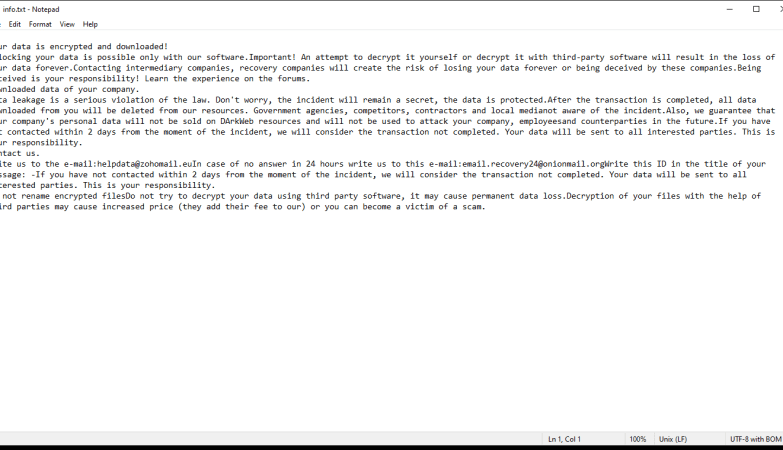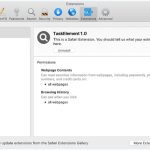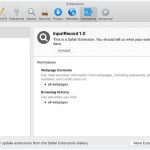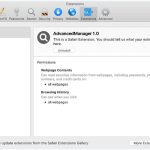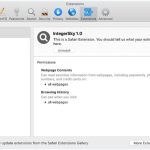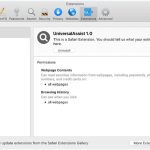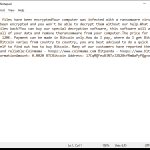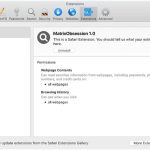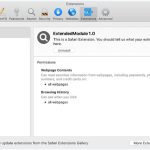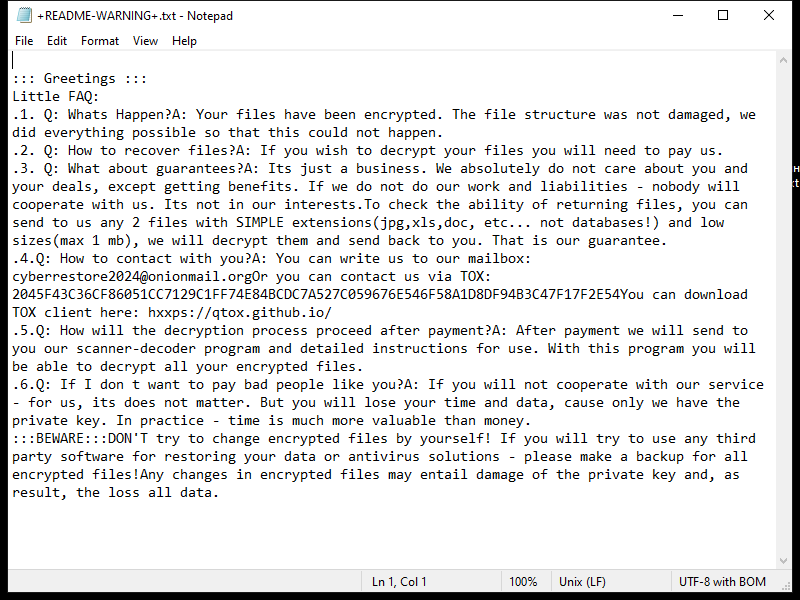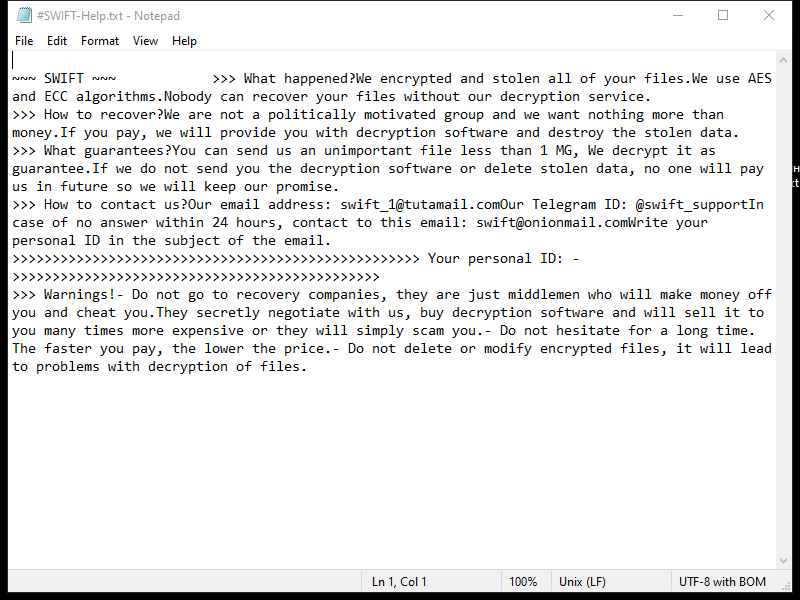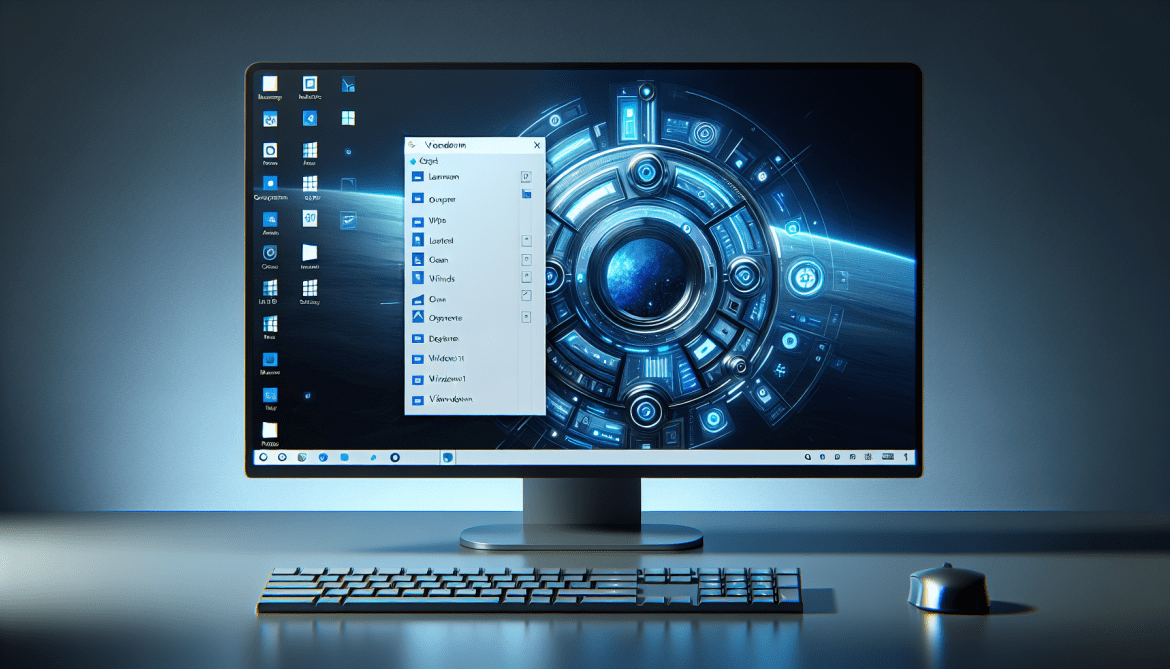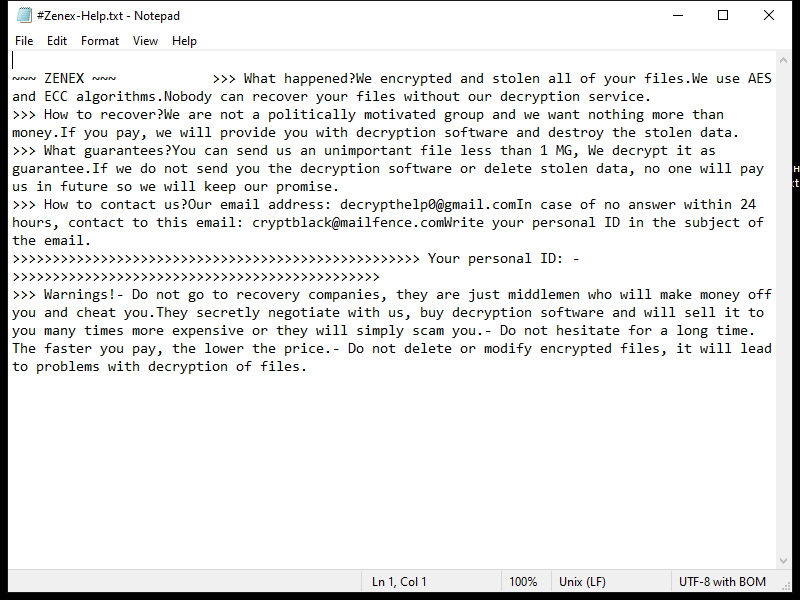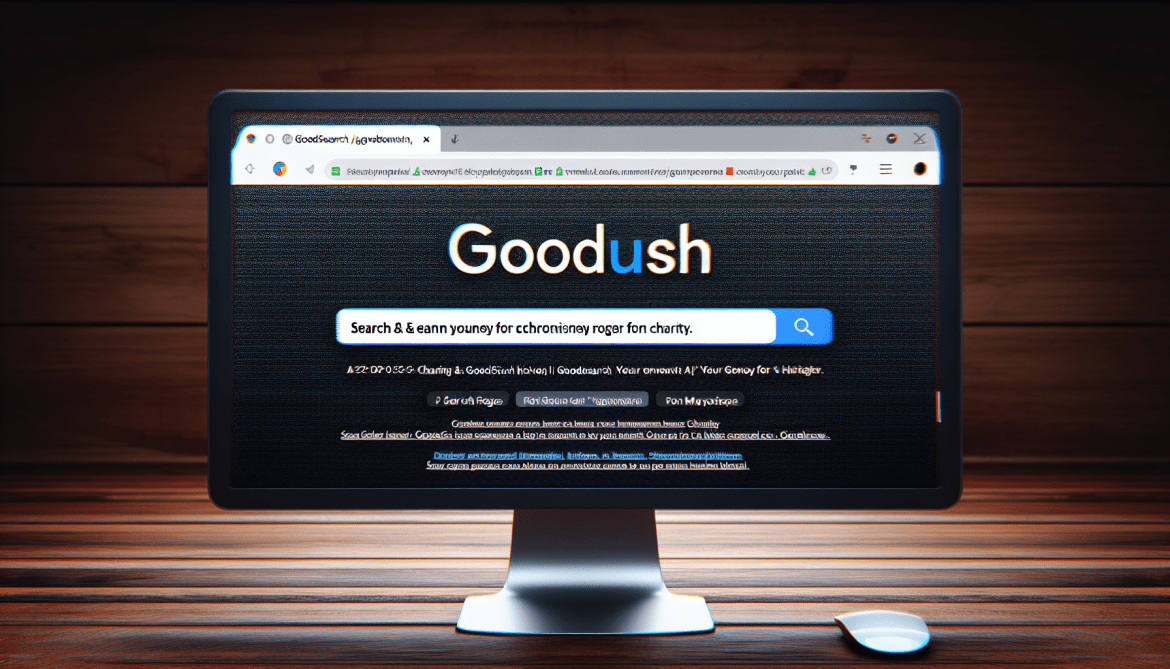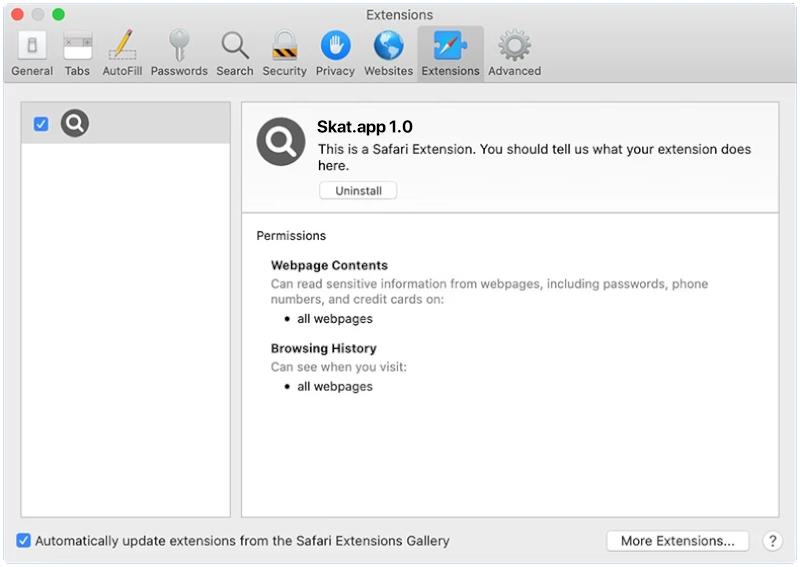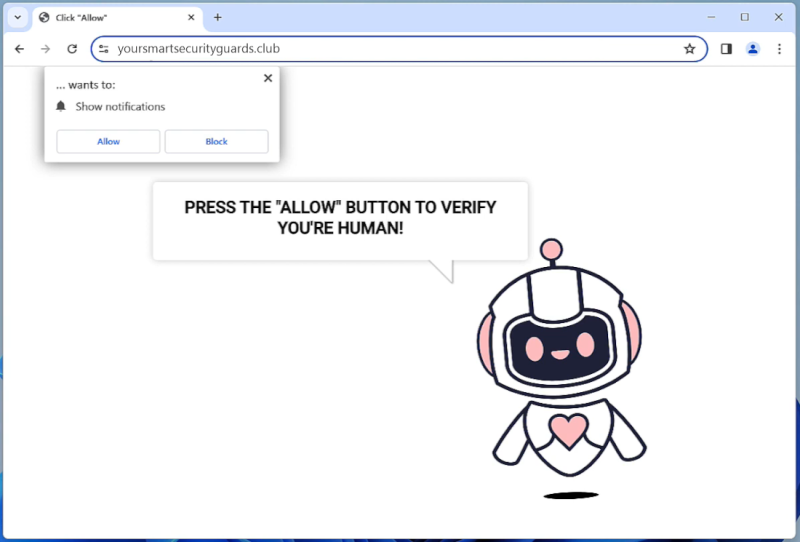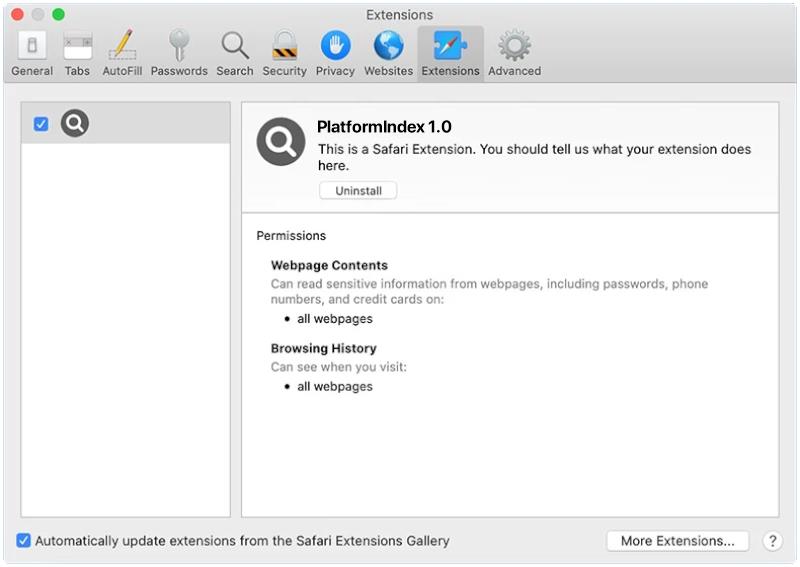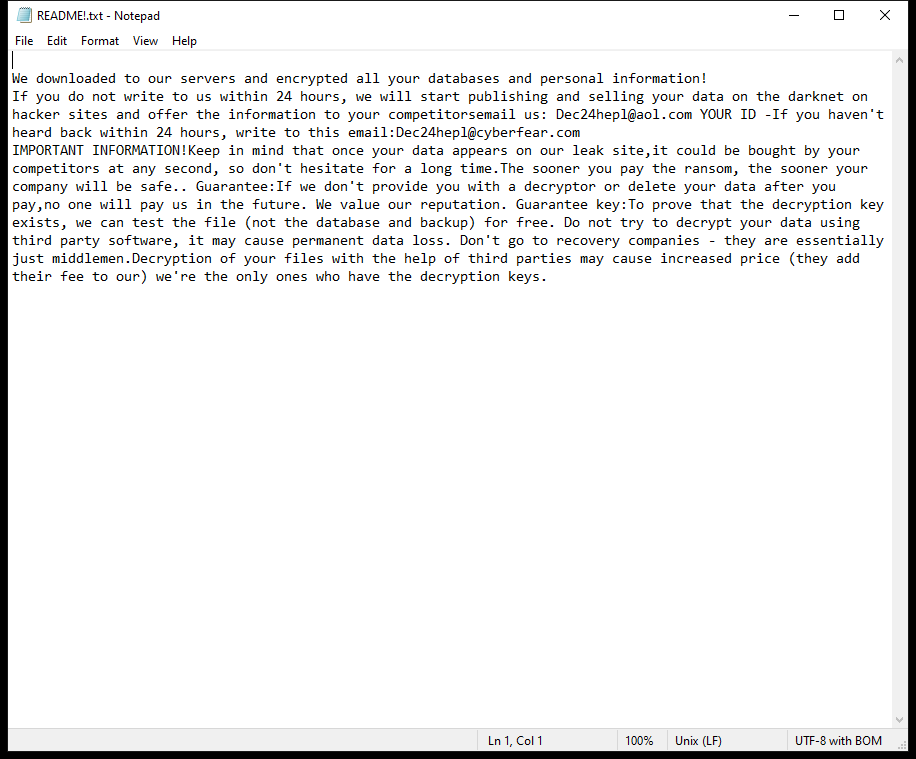How to remove Rocklee Ransomware and decrypt .rocklee files
Rocklee Ransomware is a type of malicious software that encrypts files on a computer system and demands a ransom in exchange for the decryption key. It typically infects computers through malicious email attachments, software downloads, or exploit kits.
When Rocklee Ransomware infects a computer, it adds a “.rocklee” file extension to the encrypted files. It uses strong encryption algorithms such as AES or RSA to lock the files, making them inaccessible without the decryption key.
The ransomware creates a ransom note, typically named “README_ROCKLEE.txt” or similar, which is placed in various folders on the infected system. The note usually contains instructions on how to pay the ransom and obtain the decryption key.
At the time of writing, there are no known decryption tools available for Rocklee Ransomware. However, it is always recommended to avoid paying the ransom as there is no guarantee that the cybercriminals will provide the decryption key or that it will work properly.
If you have been affected by Rocklee Ransomware, you can try restoring your files from backups, using data recovery software, or seeking assistance from cybersecurity professionals. It is important to regularly back up your files to prevent data loss in case of a ransomware attack.

